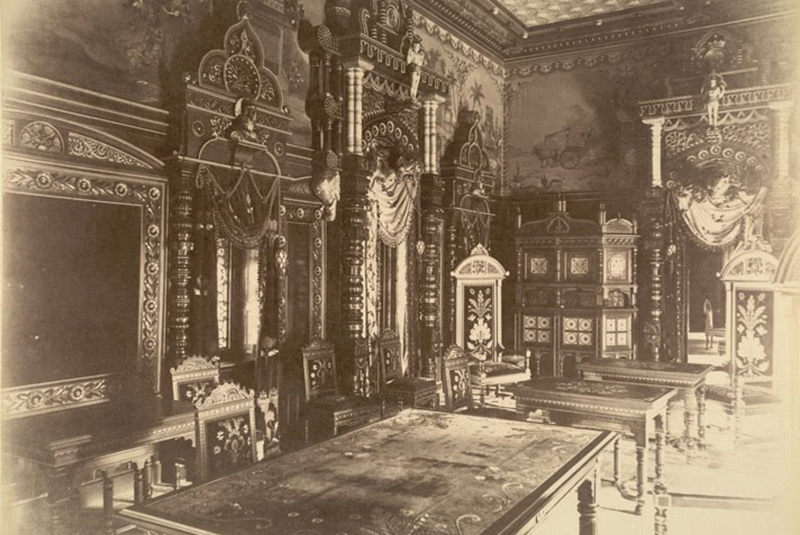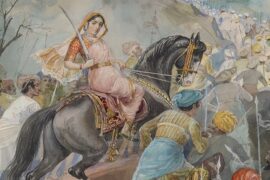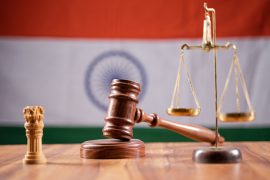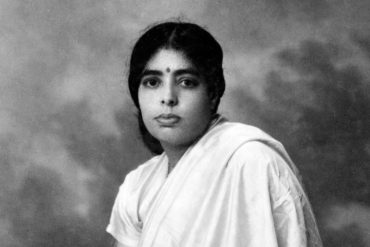In the late 1800s, Maharajah Sayajirao III Gaekwad of Baroda, the grandfather of Maharani Gayatri Devi, introduced free and compulsory primary education supported by free public libraries. Dubbed “people’s universities,” these libraries were set up all around the princely state of Baroda paving the way for an organised system of acquisition, stock-keeping and classification of books.
In 1906, the Maharajah visited America and was so overawed by the libraries there that he invited William Alanson Borden, the founder of the Connecticut Library Association and an engineer-librarian credited with designing the removable-drawer catalogue card cabinet, to Baroda.
Under the aegis of Borden, the princely state received a state central library and four district or divisional libraries; forty-five town libraries and more than a hundred village libraries were planned. As part of the plan to establish one grand principal library, Borden persuaded J. Snead and Company, the architectural enterprise that designed the Library of Congress, Washington D.C, to design the Central Library of Baroda.
Copyright©Madras Courier, All Rights Reserved. You may share using our article tools. Please don't cut articles from madrascourier.com and redistribute by email, post to the web, mobile phone or social media.Please send in your feed back and comments to editor@madrascourier.com











